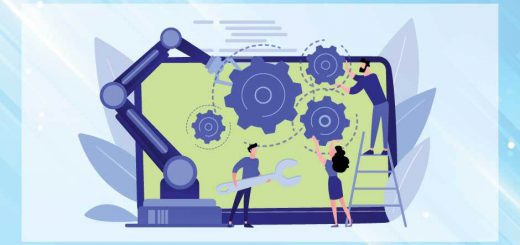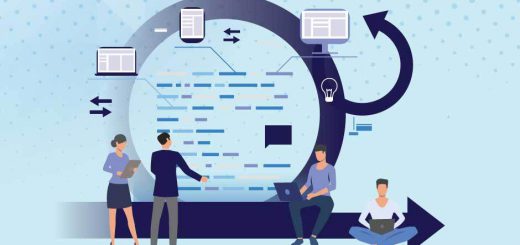Testing the Waters of Tomorrow: A Look at the Future of Software Testing and Quality Assurance!
What would the world be like without software testing and quality assurance? Nothing short of chaotic! Luckily, we don’t have to imagine this scenario because software testing and quality assurance are here to stay. From robot-enabled testing to test automation, the future of software testing and quality assurance looks bright, and it’s sure to bring a smile to QA professionals around the world. Let’s dive into the future of this dynamic and essential industry!
Automation—The Industry Workhorse
In software testing and QA, automation is the process of using specialized computer software and tools—as opposed to human labor—in testing and analysis to reduce mundane, repetitive tasks. Automating software testing and QA tasks helps to increase accuracy and performance, as well as reduce manual labor, downtime, and costs.
So, how does automation benefit software testing and QA? Put simply, it makes the testing process more reliable and efficient. Automation can quickly perform tedious tasks, like locating defects and determining compliance. This means teams can complete more tests in less time, ultimately creating better-quality products and reducing costs. By replacing manual processes and freeing up human resources for more complex tasks, automation can really streamline the entire testing and QA cycle.
But with great power comes great responsibility! That’s why it’s important to consider the key considerations before implementing automation. Here are a few of the most critical points:
- Have a clear understanding of the expected results. Automation should be used in situations where there are established parameters and performance standards to measure against.
- Identify the automation tool that best meets your requirements. Ensure that the automation tool you select perfectly fits the functions you will task it to do.
- Train the team members on the automation tool and processes. Automation is only effective if everyone is properly trained and understands exactly how to utilize it.
The Future of Software Testing and Quality Assurance: AI & Machine Learning
These days, Artificial Intelligence (AI) and Machine Learning (ML) are making their way into every industry, particularly software testing and quality assurance. The capabilities of these technologies enable faster, more accurate processes that save time, energy, and money. It can therefore come as no surprise that these technologies are transforming not just the software testing and quality assurance industry, but the entire tech industry. So, let’s take a look at what role AI and ML play in software testing and quality assurance, what their benefits are, and the key challenges to consider if you’re looking to utilize these technologies.
What Role Can AI and Machine Learning Have in Software Testing?
AI and ML can add a lot of value to the software testing industry. ML algorithms can detect bugs in programs before they reach end-users. AI can even automate certain manual tasks that are often tedious, such as regression testing or data verification. It can be used to analyze user feedback and test areas for bugs that might not have initially been identified. Further, it can be used to identify actual customer pain points before the software is released, reducing the number of defects that reach end-users.
What are the Benefits of Using AI and Machine Learning in Testing?
The benefits of using AI and ML in software testing are manifold. Firstly, it leads to more efficient and accurate testing. By automating tasks, testing can be done much faster, freeing up resources and allowing for more features and functionality to be tested. Further, AI and ML technologies can be used to detect edge cases that are often overlooked by traditional manual testing. This can lead to better overall quality and fewer defects. Finally, AI and ML can be used to obtain actionable insights, such as customer pain points, which can help improve the software even further.
What are the Key Challenges to Consider When Utilizing these Technologies?
While AI and ML can bring a lot of value to software testing and quality assurance, there are also a few key challenges to consider. Firstly, while ML algorithms can detect bugs and errors, they cannot assess the actual user experience. This must be done through manual testing. Secondly, AI and ML systems can be expensive to implement and maintain. Finally, there can sometimes be ethical issues with using AI and ML for decision-making, so these must be taken into consideration when developing the systems.
Conclusion
In summary, the future of software testing and quality assurance is sure to evolve, driven by the ever-shifting demands of the industry. Businesses must be prepared to meet the challenge of staying current on the latest trends and technologies if they wish to stay competitive in the market. Understanding and leveraging the key trends such as DevOps, AI/ML, and Robotic Process Automation may be the very thing that separates them from the rest. At the end of the day, staying one step ahead of the competition is the best way to ensure success for businesses!



